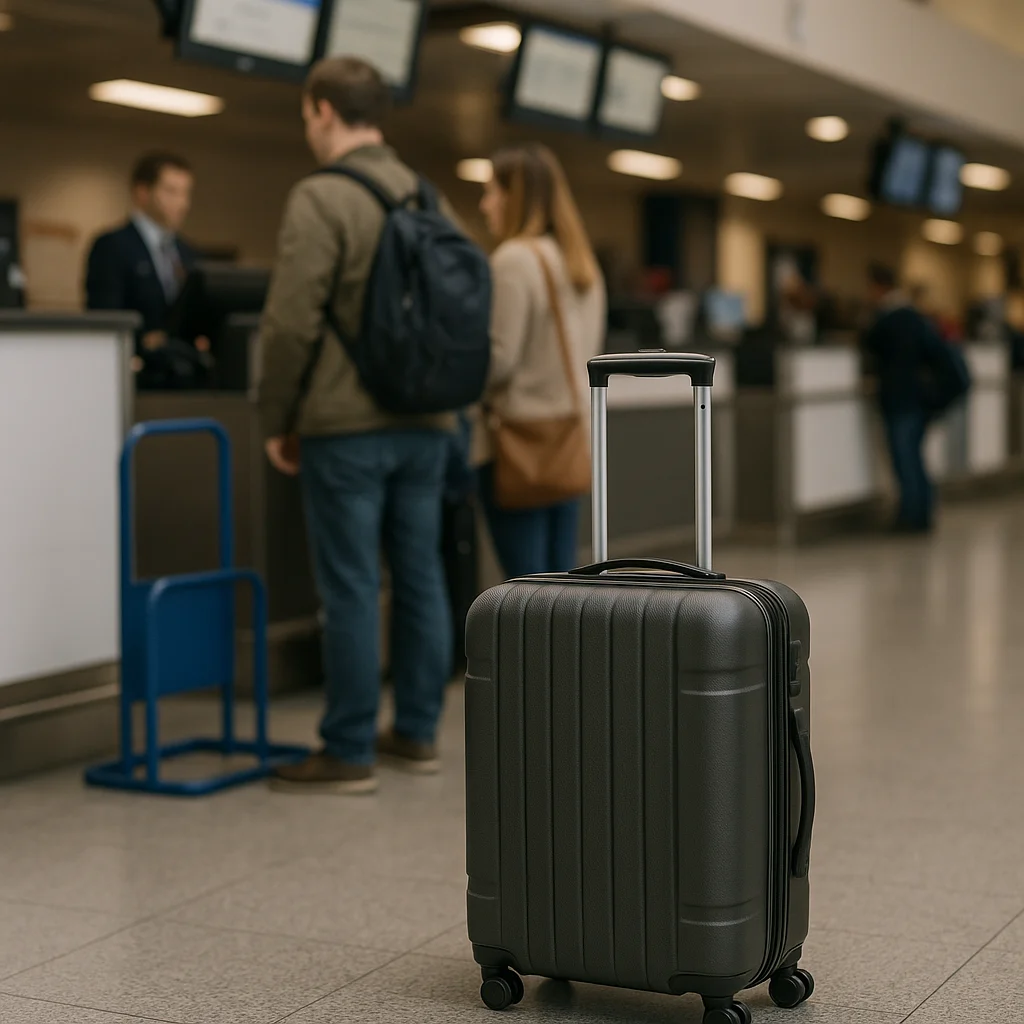Understanding the Essential Changes in Schengen Visa Rules for 2025
The Schengen visa landscape is evolving, signaling important changes for travelers eyeing Europe in 2025. Whether you’re planning a business trip, a vacation, or visiting family, staying updated on the latest Schengen visa rules is crucial. These new policies aim to enhance security, streamline application processes, and improve the overall travel experience within the Schengen Area. If you want to avoid delays or complications, understanding these updates beforehand will save you time and stress.
From stricter biometric data requirements to extended validity periods for multiple-entry visas, the new rules are designed with both travelers and border authorities in mind. This article breaks down the key updates, what they mean for you, and practical tips to navigate the application process smoothly.
Key Updates to the Schengen Visa Application Process
Increased Security Measures and Biometric Data Collection
One of the most significant changes in 2025 involves enhanced biometric data capture. Applicants for a Schengen visa will now be required to submit fingerprints and facial images that are more detailed and stored for a longer duration.
– Application centers will implement advanced biometric scanners.
– Biometric data may be retained up to 59 months, doubling the previous period.
These measures aim to reduce visa fraud and identity theft, making it safer for visa holders and the Schengen states.
Revised Visa Application Forms and Documentation
Another update affects the paperwork you need to submit. The Schengen visa application form has been redesigned to include new fields related to travel insurance coverage and accommodation details.
Applicants are also encouraged to provide:
– Clearer proof of financial means.
– Detailed travel itineraries.
– COVID-19 vaccination or testing documents, where applicable.
Make sure you review the specific requirements of the country you plan to visit, as they may still vary slightly within the Schengen zone.
New Eligibility Criteria and Validity Periods
Extended Validity for Multiple-Entry Visas
One welcomed change is the potential for longer visa validity in multiple-entry permits. The Schengen authorities now offer multiple-entry visas valid up to five years for frequent travelers, depending on their travel history and compliance.
Benefits include:
– More flexibility for business travelers and regular visitors.
– Fewer repeat application fees and visits to consulates.
– Smoother planning for future trips.
Stricter Assessment of Previous Travel Behavior
Conversely, the guidelines require a more thorough assessment of the applicant’s past travel records within the Schengen Area.
If you have overstayed previously or violated visa conditions, your new Schengen visa application could face rejections or restrictions.
To avoid potential issues:
– Provide honest disclosures about past travels.
– Submit letters explaining any past complications if applicable.
How the New Schengen Visa Rules Impact Different Traveler Categories
Tourists and Vacation Travelers
For tourists, the 2025 rules emphasize more detailed itinerary planning and proof of accommodations. Travelers should:
– Secure full hotel bookings or verified stays in private residences.
– Demonstrate sufficient financial means to cover the entire trip.
Tourists may benefit from the new extended multiple-entry visas if they plan multiple trips within the next few years.
Business Travelers and Frequent Visitors
Business travelers emerge as key beneficiaries with easier access to long-term multiple-entry visas. Some changes include:
– Procedures allowing for faster visa renewals.
– Priority appointment scheduling at consulates.
Business travelers must still comply with security checks but enjoy smoother processes overall.
Practical Tips to Navigate the 2025 Schengen Visa Application
Early Preparation and Documentation Organization
Given the new biometric and documentation requirements, preparing your application well in advance is essential.
– Book your visa appointment at least 6–8 weeks before your trip.
– Gather updated proof of travel insurance reflecting the minimum required coverage (usually 30,000 EUR).
– Organize all required documents neatly to avoid delays or rejections.
Utilizing Official Resources and Authorized Service Centers
Always apply for your Schengen visa through official channels or trusted visa application centers. Many Schengen countries have partnered with certified service providers to handle biometric data collection securely.
For the latest information and country-specific details, visit the official EU visa website or the respective embassy pages.
Additional Considerations for 2025 and Beyond
Impact of Digitalization and the ETIAS System
While the Schengen visa itself remains the primary travel permit, the upcoming European Travel Information and Authorization System (ETIAS) will come into effect around the same time.
ETIAS will require visa-exempt travelers to obtain an electronic travel authorization before entering Schengen states.
Though separate from the Schengen visa, understanding ETIAS is vital to avoid confusion about entry requirements.
COVID-19 Related Health and Safety Protocols
Although many pandemic-related restrictions have been lifted, some Schengen countries may continue to require:
– Proof of vaccination or negative test results.
– Health declarations or registration forms.
Check the latest health guidelines before applying for your visa or traveling, as these protocols can change swiftly.
What You Need to Know About Schengen Visa Fees and Processing Times
Updated Visa Fees and Payment Methods
Visa fees for Schengen visas have been adjusted slightly in 2025 to cover enhanced biometric processing costs.
– The standard fee for adults is now around 80 EUR (up from 70 EUR).
– Reduced fees apply to children, scholars, and researchers.
Many consulates accept multiple payment methods, including online payments in some countries, making the process more convenient.
Expected Processing Times and How to Expedite Your Application
Standard processing times remain about 15 calendar days, but due to stricter checks, some applications might take longer.
Tips to speed up processing:
– Submit complete and accurate documents.
– Use priority or express service options when available.
– Schedule appointments during non-peak periods.
Stay Informed: Where to Get Official Updates on Schengen Visa Changes
Reliable information is key to successfully navigating the Schengen visa application under the new rules.
– Follow official EU portals like [European Commission Visa Policy](https://ec.europa.eu/home-affairs/what-we-do/policies/borders-and-visas/visa-policy_en) for authoritative updates.
– Register newsletters from embassies or official visa service centers.
– Use trusted travel advisory platforms.
Being proactive about updates will help you adapt quickly to any further changes in the Schengen visa regime.
Summary of What the New Schengen Visa Rules Mean for Travelers
In 2025, the Schengen visa application process will be more secure and slightly more stringent, focusing on biometric data, extended multiple-entry options, and thorough background checks. These changes reflect the EU’s commitment to safety and efficient border management while providing benefits to frequent travelers and business visitors.
To navigate these updates successfully:
– Prepare documents meticulously and early.
– Understand new visa validity extensions.
– Stay informed about ETIAS and health protocols.
Planning ahead and utilizing official resources will help ensure your travel plans across Schengen countries go smoothly without unexpected hurdles.
Ready to apply or have questions about the Schengen visa process? Get in touch at khmuhtadin.com for expert guidance tailored to your travel needs. Stay prepared and travel confidently across Europe in 2025.




